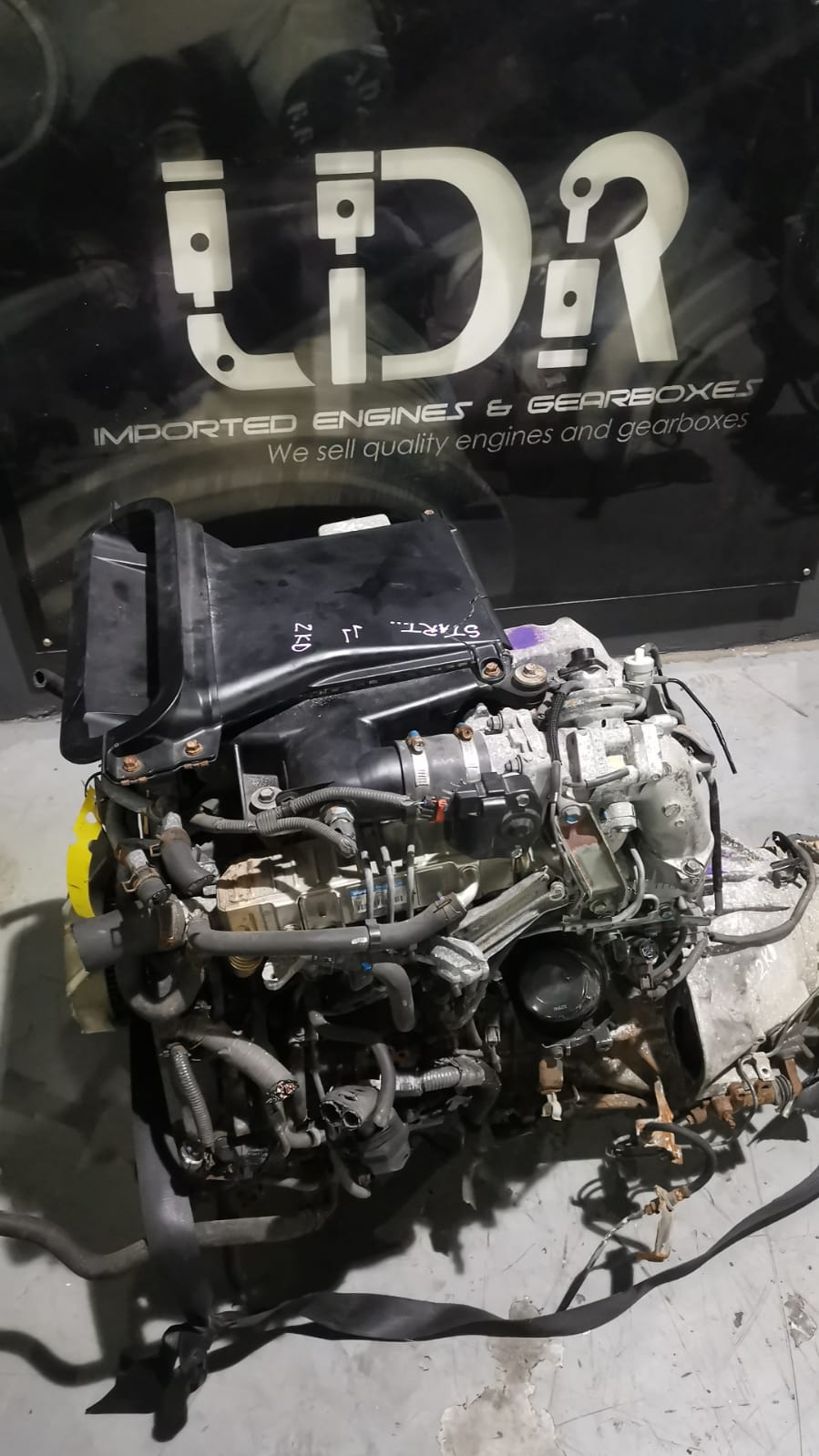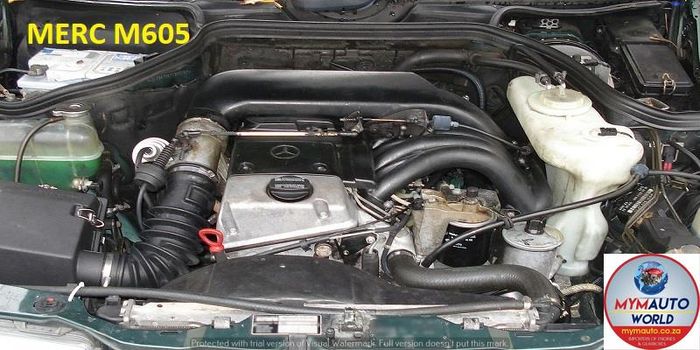Affordable Opel Corsa Engine Options for Your Budget
Affordable Opel Corsa Engine Options for Your Budget
Blog Article
Discovering the Inner Functions of a Compact Vehicle's Engine System
As drivers, we usually take for given the detailed processes that take place within the confines of our car's engine system. In this expedition of a compact automobile's engine system, we will unwind the internal operations of this mechanical symphony, dropping light on the secrets that drive us onward on our daily trips.
Burning Process Overview
The combustion procedure in a compact automobile's engine system is a crucial system that successfully converts gas right into power to power the vehicle. This procedure occurs within the combustion chamber of the engine, where gas and air mix, ignite, and create regulated explosions. The burning procedure includes 4 main stages: consumption, compression, power, and exhaust.
During the consumption phase, the piston moves downward, pulling in a blend of air and fuel right into the combustion chamber. The following stage, compression, involves the piston relocating up, compressing the air-fuel blend to enhance its effectiveness. Consequently, in the power stage, the ignition system fires up the pressed mix, resulting in a quick expansion of gases that compels the piston back down. This descending motion generates the power required to drive the vehicle. In the exhaust phase, the scorched gases are eliminated from the combustion chamber with the exhaust shutoff, preparing the chamber for the following cycle. This cyclic burning process is basic to the procedure of a small car's engine system, ensuring efficient power conversion for propulsion.
Piston and Cylinder Communication

The piston's accurate fit within the cylinder is vital for preserving ideal compression and stopping power loss during combustion. Tight clearances in between the piston and cyndrical tube wall surfaces make certain reliable securing, allowing the piston to relocate smoothly without enabling gases to leak past. Proper lubrication is also vital to reduce rubbing and put on between these components, boosting long life and efficiency.
Moreover, the style and materials used in making the piston and cyndrical tube impact engine efficiency and resilience. Modern engines frequently employ light-weight yet long lasting materials like aluminum alloys for pistons and cyndrical tube linings to reduce inertia and improve thermal effectiveness. Overall, the unified communication between the piston and cyndrical tube is fundamental to the engine's capability and total performance.
Fuel Shot System Functionality
Gas injection systems in compact car engines play a vital role in specifically delivering gas to the combustion chamber for controlled and effective ignition. The gas injection system operates by injecting gas into the burning chamber at the optimal minute during the engine's operation (opel corsa engine). This specific timing makes sure that the gas mixes equally with the air for appropriate burning, resulting in boosted fuel effectiveness and minimized emissions
There are mainly two kinds of gas injection systems utilized in compact automobile engines: port gas injection (PFI) and straight gas injection (DFI) PFI systems infuse fuel into the consumption port before the intake shutoff, while DFI systems inject fuel directly right into the combustion chamber. Both systems have their advantages, with DFI supplying better fuel Home Page atomization and PFI giving a more economical solution.
Recognizing Engine Cooling Systems
Reliable procedure of a small vehicle's engine counts greatly on the efficiency of its cooling mechanisms. The air conditioning system in a portable automobile usually is composed of numerous elements working together to control the engine temperature. Comprehending these engine cooling devices is crucial for maintaining the efficiency and durability of a compact lorry's engine system.

Exhaust System Parts Explained
The ideal functioning of a small automobile's engine air conditioning devices depends upon a complementary system called the exhaust system, which consists of various important parts for ensuring efficient discharges and engine performance. The exhaust system consists of elements such as the exhaust manifold, catalytic converter, muffler, and tailpipe. The exhaust manifold collects exhaust gases from the engine's cyndrical tubes and routes them to the catalytic converter. The catalytic converter then transforms dangerous pollutants in the exhaust right into less harmful discharges prior to releasing them via the muffler and tailpipe.
One vital part of the exhaust system is the oxygen sensing unit, which monitors the oxygen levels in the exhaust gases to assist manage fuel usage and ensure ideal engine efficiency. opel corsa engine. In addition, the resonator might be present in some exhaust systems to decrease sound levels. In general, the exhaust system plays an essential role in maintaining engine informative post effectiveness, lowering dangerous exhausts, and guaranteeing a quieter driving experience for portable car proprietors

Verdict
To conclude, the small car's engine system is an intricate combination of parts that interact to help with the combustion procedure, transform fuel into power, and remove waste gases. Understanding the inner functions of the engine system, consisting of the piston and cyndrical tube interaction, fuel injection system, engine cooling systems, and exhaust system elements, is essential for preserving optimum efficiency and efficiency of the car.
The burning procedure in a portable car's engine system is a vital system that efficiently transforms Resources fuel into power to power the lorry.Gas injection systems in small automobile engines play an important duty in exactly providing fuel to the combustion chamber for effective and controlled ignition.There are largely 2 types of fuel injection systems used in portable lorry engines: port gas injection (PFI) and direct gas shot (DFI) Comprehending these engine cooling mechanisms is vital for preserving the performance and long life of a portable automobile's engine system.
The ideal functioning of a compact lorry's engine air conditioning systems depends on a complementary system recognized as the exhaust system, which consists of different vital components for making sure effective emissions and engine efficiency.
Report this page